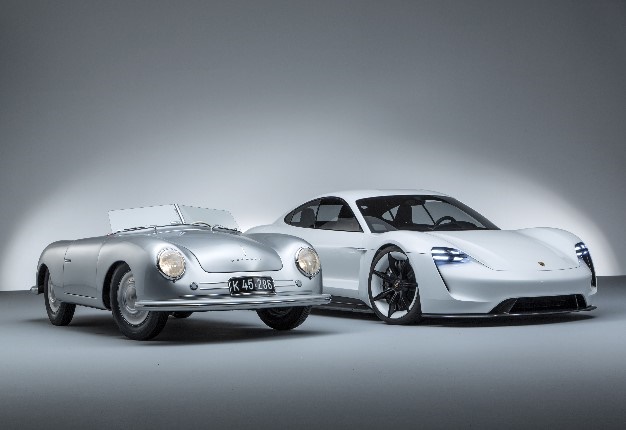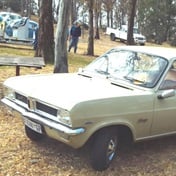
Stuttgart - "No longer available" – for collectors of rare classic cars, the unavailability of spare parts can quickly lead to problems. In the worst case scenario, the car may even be forced out of action.
Porsche Classic, the division of Porsche dedicated to classic vehicles, has come up with a solution to this problem: namely, producing extremely rare parts that are only needed in small quantities using 3D printers.
All parts that are produced using the 3D printing process meet the requirements in terms of the original specifications – both from a technical and a visual perspective.
Using 3D printers for parts that are no longer available
The Porsche Classic range currently includes some 52 000 parts. If a certain spare part is no longer in stock or stock is dwindling, it is reproduced using the original tools. For larger quantities, production may require the use of new tools. However, ensuring the supply of spare parts that are only required in very limited numbers sometimes poses a major challenge, even for the experts. Producing small batches using new tools would be largely inefficient.
Before embarking on a project to produce a particular component, Porsche Classic always evaluates various manufacturing processes.
As the quality of “additive” manufacturing processes continues to improve with generally decreasing costs, this form of manufacturing presents an economic alternative for the production of small quantities. Say, for example, the release lever for the clutch on the Porsche 959 is no longer available.
This component made from grey cast iron is subject to very high quality requirements, but is in very low demand – not least because only 292 of these super sports cars were ever produced. The only manufacturing process worth considering would be selective laser melting. To manufacture the release lever, a layer of powdery tool steel less than 0.1mm thick is applied to a processing plate in a computerised process. In an inert atmosphere, a high-energy light beam then melts the powder in the desired locations to create a steel layer.
Producing 8 more parts using 3D printers
Thus, the complete three-dimensional component is produced, layer by layer. Both the pressure test with a load of almost three tonnes and the subsequent tomographic examination for internal faults were passed by the printed release lever with flying colours. The practical tests with the lever installed in a test vehicle and extensive driving tests.
Due to the consistently positive results received to date, Porsche is currently manufacturing eight other parts using 3D printing. The parts in question are steel and alloy parts produced using the selective laser melting process, and plastic components manufactured using an SLS printer. SLS stands for selective laser sintering, a process where the material is heated to just below melting point and the remaining energy is applied through a laser to fuse the plastic powder at a selected point.




 Publications
Publications
 Partners
Partners










